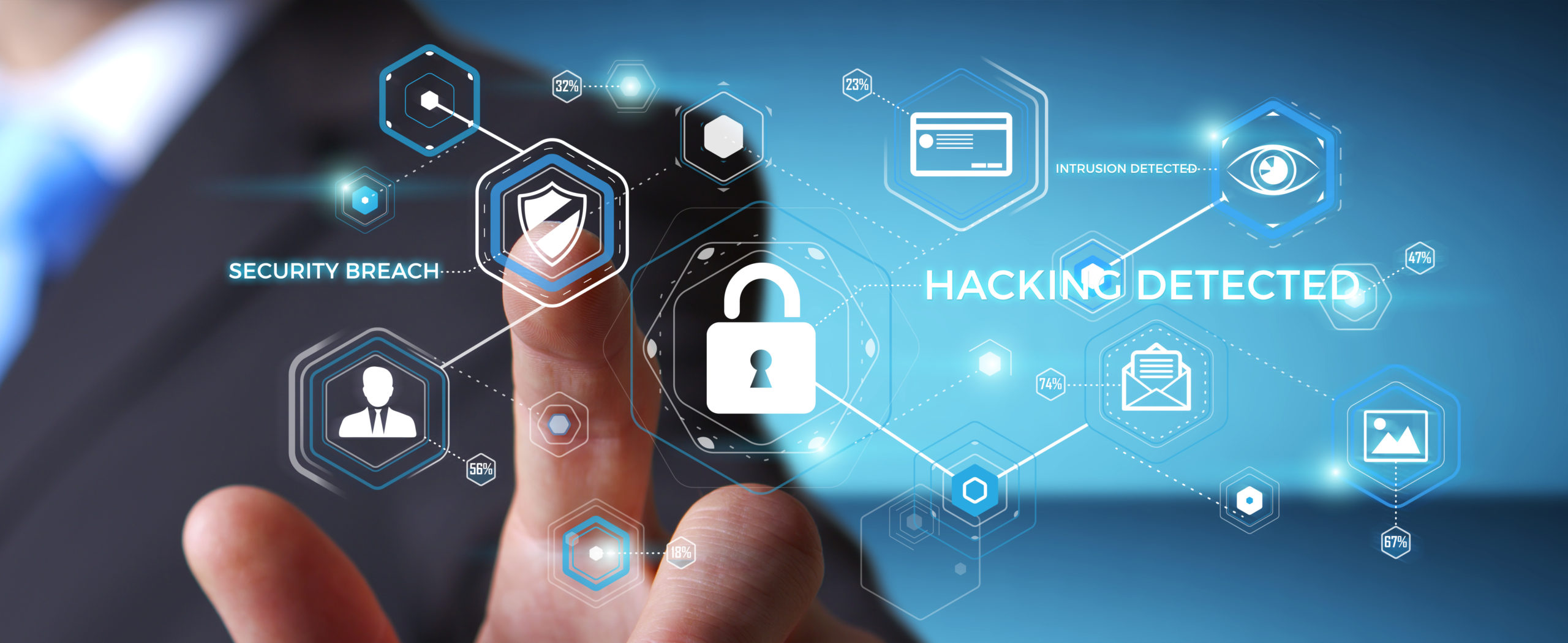More people than ever before are working from home. The trend had been going on for a while, but the pandemic made it mainstream. There are a lot of benefits that come from working remotely for both the worker and the employer. However, there are some downsides, as well.
Cybersecurity is one of employers’ biggest issues with their remote teams. Keeping a secure network with people worldwide is a huge challenge. Understanding the challenges faced in keeping remote teams secure is the first step to shoring up security. In this article, we will go over several tips to keep your remote team working safely.
1 – Secure network connections
Remote employees often connect to company networks from various locations. This can expose sensitive data to potential cyber threats. To reduce this risk, it’s essential to establish secure network connections.
One of the most effective ways to secure data transmission is through the use of Virtual Private Networks (VPNs). VPNs create a private network from a public internet connection, offering a critical layer of security. A VPN works by encrypting data sent over the internet, making it difficult for unauthorized individuals to intercept or decipher it.
Implementing IP-based security measures can also enhance network security. This involves configuring network devices to accept connections only from specific IP addresses.
Besides VPNs, remote workers should also secure their home Wi-Fi networks. This involves changing the default username and password set by the manufacturer, as these can be easily guessed by attackers.
2 – Strong authentication
Having a strong authentication process is important and that involves using good passwords. A good password has a mix of letters, numbers, and special characters. And, it’s best to have a different password for each device your team logs into.
Another good idea is to use something called multi-factor authentication, or MFA for short. This is when you need more than just your password to log in. For example, you might also get a code on your phone that you have to enter. This makes it much harder for someone else to get into your accounts.
3 – Employee training
It’s really important to teach everyone on your team about staying safe online, especially when they work from home. You can have regular meetings to talk about how to be safe on the internet and tell your team about new dangers they should know about.
Creating a culture of security awareness within the team is just as important as formal training. This involves keeping cybersecurity in the conversation and practices of the team.
To make this training effective, provide examples of common cybersecurity threats and how to recognize them. For instance, illustrating how a phishing email might look or how weak passwords can be easily figured out can make the risks more obvious.
It’s also important to change the passwords sometimes. This can be hard to keep track of, so using a password manager can help. A password manager is like a secure notebook that keeps all your passwords safe and reminds you when it’s time to change them.
















